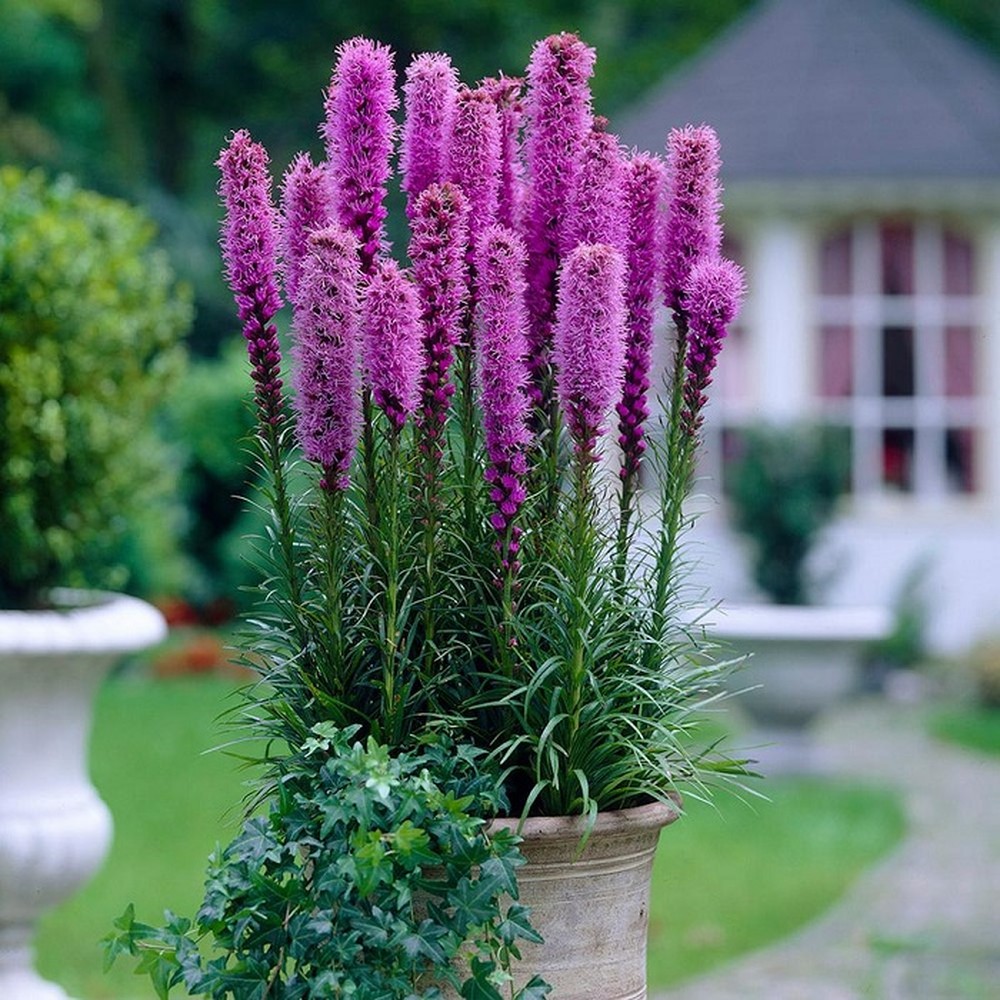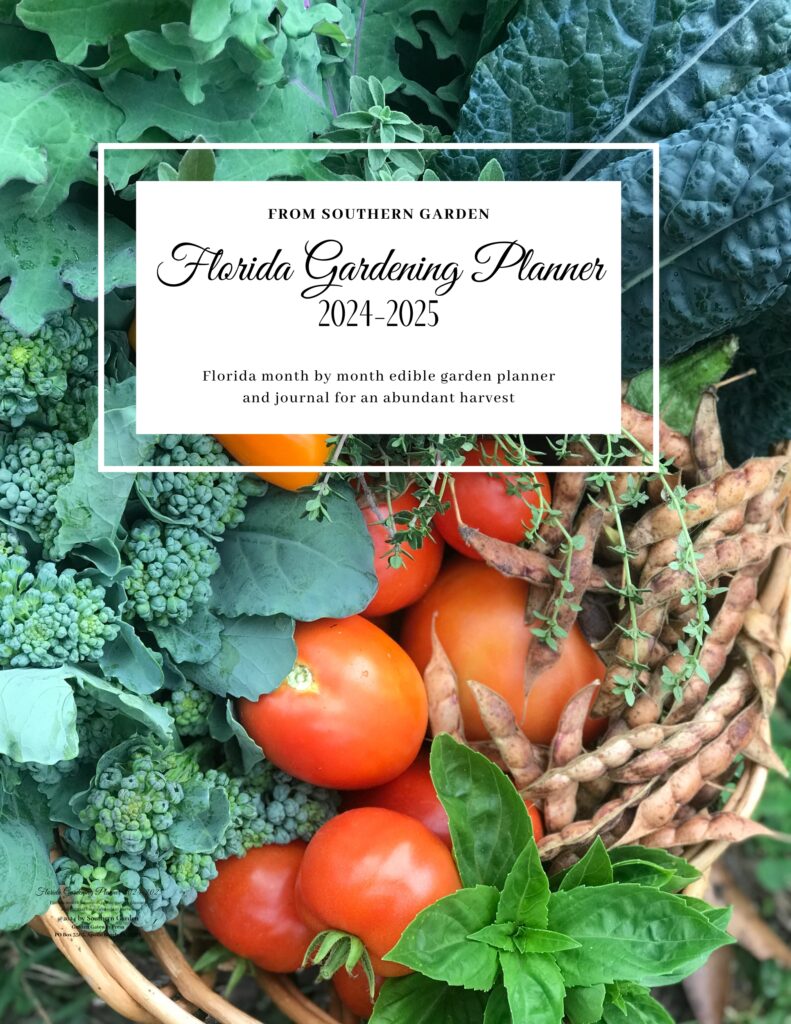Liatris spicata, commonly known as Blazing Star, is a perennial favorite in gardens for its striking purple flower spikes and ease of care. Native to North America, particularly meadows and prairies, it offers a unique aesthetic with its tall, narrow profile. Growing blazing stars from seed is an excellent way to support wildlife in your garden.
This plant typically reaches a mature height of 2 to 4 feet and spreads about 1 to 2 feet. Liatris spicata thrives in USDA Hardiness Zones 3 through 9, favoring full sun and well-drained soils. Its vibrant blooms not only add beauty to gardens but also attract a host of pollinators, including butterflies and bees, enhancing the ecological value of outdoor spaces.
Other Liatris Species
Other Liatris species are also called “Blazing Stars,” and enrich North American flora.
These include:
- Liatris aspera (Rough Blazing Star): Taller with looser flower spikes.
- Liatris pycnostachya (Prairie Blazing Star): Prefers moist conditions and has dense flower spikes.
- Liatris ligulistylis (Meadow Blazing Star): A monarch butterfly attractor with distinct flower arrangement.
- Liatris scariosa (Northern Blazing Star): Features lavender to purple flowers and adapts to drier soils.
Each species contributes unique characteristics to natural and cultivated landscapes, making the Liatris genus diverse and ecologically significant.

When to Start Liatris Blazing Stars from Seed
The timing for starting blazing star seeds varies based on your USDA Hardiness Zone. Here are guidelines for when to start seeds indoors and when to direct sow in different zones:
In Zones 3-5
To start Indoors, begin 6 to 8 weeks before the last expected frost date. Starting seeds indoors during late winter or early spring gives them a head start.
Wait until the danger of frost has passed and the soil has warmed up to direct sow, usually late spring or early summer.
In Zones 6-8
Start seeds indoors about 4 to 6 weeks before the last frost date. This ensures that the seedlings are strong enough to be transplanted outdoors.
Alternatively, direct sow in the garden after the last frost when the soil temperature has risen, typically in late spring.
In Zones 9-12
In these warmer climates, start seeds indoors about 2 to 4 weeks before the last expected frost.
You can also try growing blazing stars from seed by sowing directly into the garden.
For all zones, ensure the soil temperature is suitable for germination, which is around 70°F (21°C). Liatris spicata seeds require a period of cold stratification, so if starting indoors, this process needs to be mimicked by placing the seeded pots in a refrigerator for a few weeks before moving them to a warmer environment to germinate.
Cold Stratification Before Growing Blazing Stars from Seed
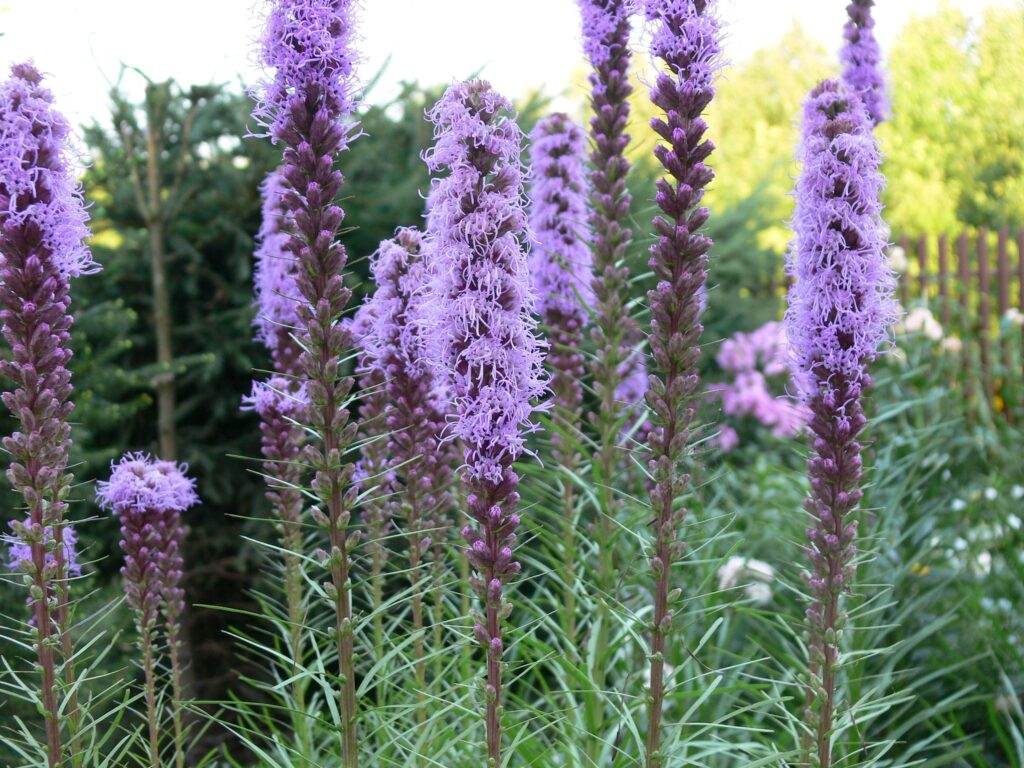
Blazing Star seeds do require cold stratification to simulate winter conditions and break dormancy, leading to successful germination.
Here’s how to cold stratify them:
- Begin with a seed starting mix, moistening it so it’s damp but not waterlogged.
- Place the seeds in the moistened mix, ensuring they are just lightly covered.
- Place the seed-filled mix in a plastic container or sealable bag. This helps maintain the moisture level.
- Put the container or bag in the refrigerator. The seeds need to be kept at a cold temperature, around 35-40°F (1.5-4.5°C), for a period of 4-6 weeks.
- Periodically check the mix to ensure it remains moist. Add water if it starts to dry out.
- After the stratification period, remove the seeds from the refrigerator. You can then plant them in a pot or directly in the garden soil, provided the outdoor conditions are suitable.
How to Start Blazing Star Seeds
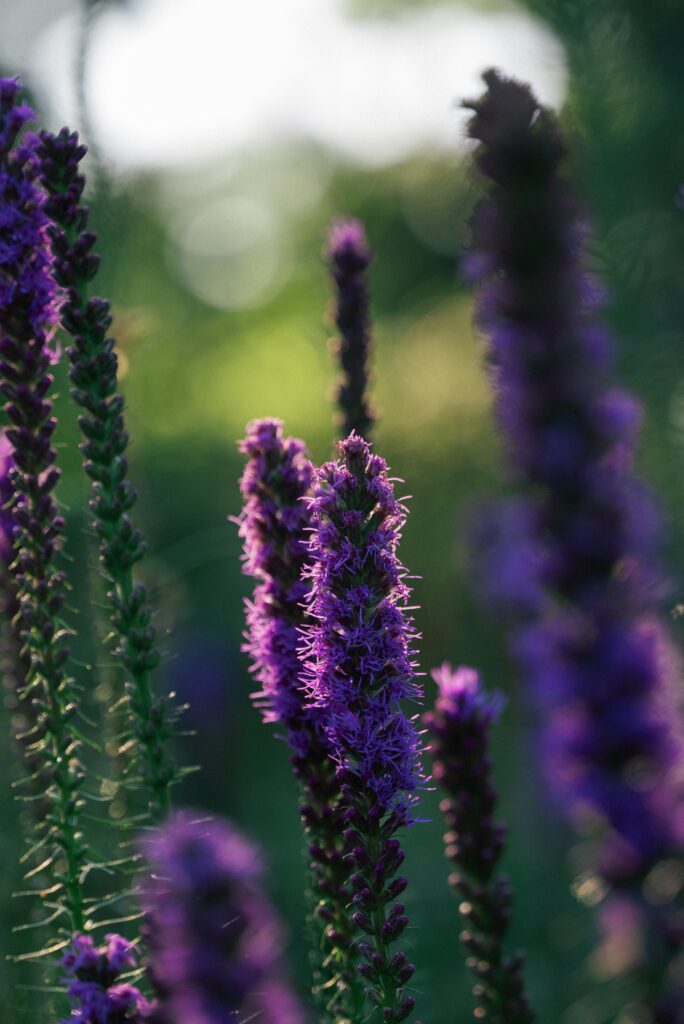
To get a head start on the growing season, start growing blazing stars from seed indoors in seed starter trays.
Choosing or Making a Seed Starting Mix
Select a well-draining, light seed starting mix for Blazing Star seeds. You can also create your own mix using equal parts peat moss, vermiculite, and perlite, ensuring it retains moisture while providing good drainage.
Choosing Containers for Starting Blazing Star
Use shallow cell trays, small pots, or soil blocks for starting seeds, ideally about 2-3 inches deep. Make sure these containers have drainage holes to prevent waterlogging.
Depth to Plant
Sow the seeds at a shallow depth, approximately 1/8 to 1/4 inch. This shallow planting depth is crucial for receiving adequate warmth and light necessary for germination.
Moisture Requirement for Seeds
Keep the seed starting mix consistently moist but not soggy. A spray bottle is perfect for misting the surface gently, ensuring even moisture without overwatering.
Optimal Temperature for Germination
The best temperature for germinating Blazing Star seeds is between 65°F and 70°F (18°C to 21°C). This temperature range should be maintained especially after completing the cold stratification process.
Light Requirements for Germination
Bright, indirect light is essential for the germinating seeds. A sunny windowsill or grow lights are suitable options for ensuring sufficient light exposure.
Time to Germination
Typically, Blazing Star seeds will germinate within 2-3 weeks under optimal conditions, although this timeframe may vary based on the environment.
How to Prepare Garden Bed for Planting Blazing Stars
Preparing the garden bed properly is a crucial step in ensuring the successful growth of Blazing Star. Here’s how to do it:
Choosing a Location
When selecting a location for your Blazing Star, consider the following:
Light Requirements
Liatris spicata thrives in full sun. Choose a spot that receives at least six hours of direct sunlight daily for optimal growth and flowering.
Moisture Retention
While Blazing Star is somewhat drought-tolerant, it benefits from a location where the soil retains moisture without becoming waterlogged. Good drainage is essential to prevent root rot.
Soil Type Preferred
This plant prefers well-drained soil rich in organic matter. The ideal soil pH for Blazing Star is slightly acidic to neutral (around pH 6.0 to 7.0). If necessary, amend your soil to reach this pH range and improve its structure and nutrient content.
Preparing a Garden Bed for Blazing Stars
Once you’ve chosen the right location, follow these steps to prepare the garden bed:
Clear the area — remove any weeds, debris, or large stones from the planting area.
Gently loosen the soil without turning it over deeply, as Blazing Star does well in undisturbed soil structures. Loosening helps with root penetration and drainage.
If your soil isn’t already rich in organic matter, add compost or well-rotted manure. This amendment improves soil fertility and drainage.
If a soil test indicates the pH is outside the ideal range, adjust it. Use lime to raise the pH or sulfur to lower it, according to the test recommendations.
Smooth out the soil with a rake to create an even surface for planting.
Direct Sowing Blazing Star
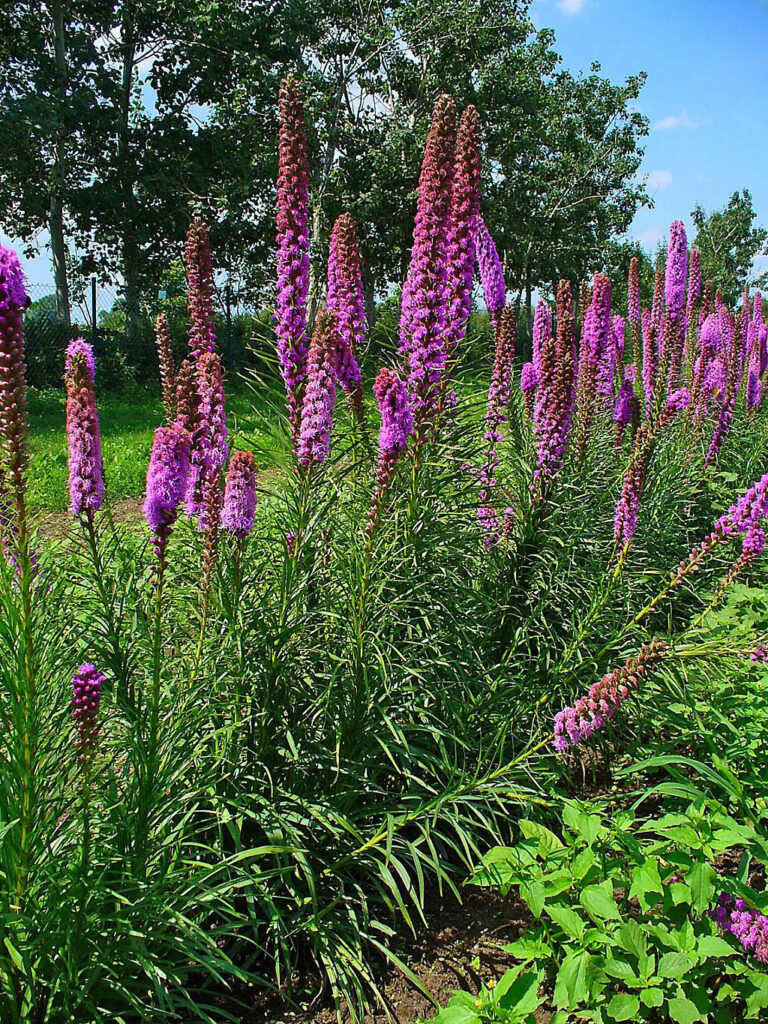
If you decide to direct sow Blazing Star (Liatris spicata) in your garden, follow these instructions to ensure successful planting:
Depth to Plant
Sow the seeds about 1/4 inch deep in the soil. Planting at this depth allows the seeds to receive enough light and warmth, essential for germination.
Spacing
Space the seeds or small groups of seeds about 12 to 15 inches apart. This spacing gives each plant ample room to grow and develop without overcrowding.
Watering In After Planting
After sowing, water the area gently but thoroughly. Keep the soil consistently moist, especially during the germination period and early growth stages.
Thinning
Once the seedlings emerge and grow a few inches tall, thin them if necessary. Leave the strongest plants, ensuring they are spaced about 12 to 15 inches apart. Proper thinning reduces competition for nutrients and light.
Mulching
Apply a layer of organic mulch around the seedlings. Mulch helps retain soil moisture, keeps the roots cool, and suppresses weed growth. Use straw, shredded leaves, or bark chips.
Knowing If Your Blazing Star Starter Plants Are Ready
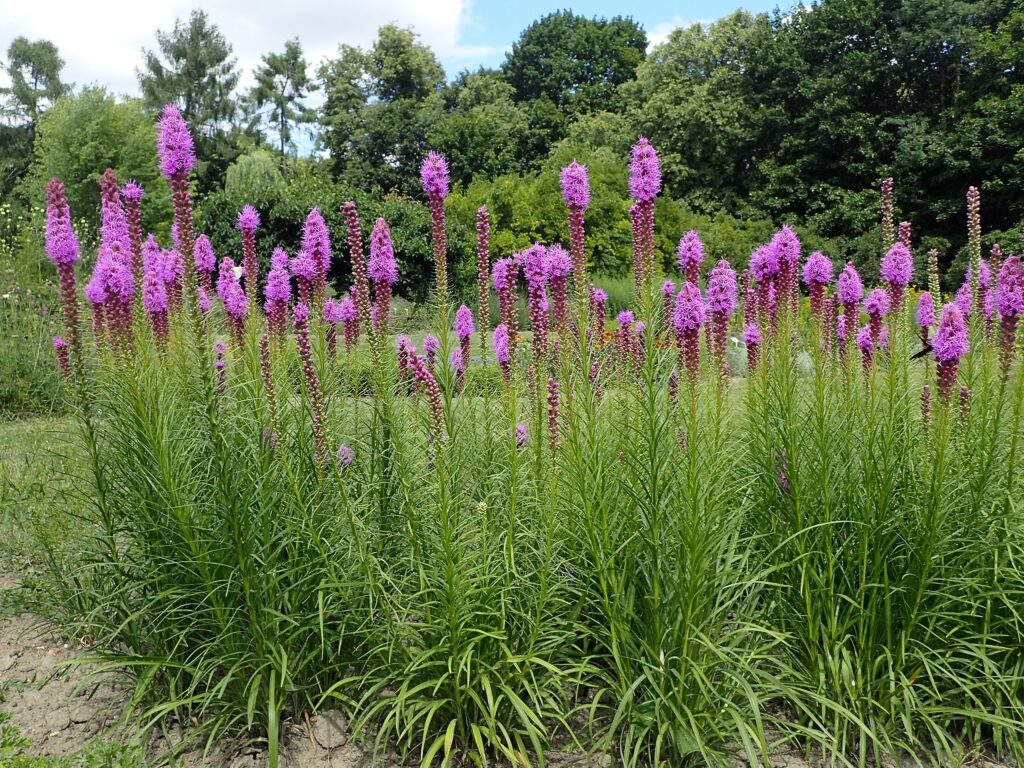
Determining the right time to transplant Blazing Star starter plants into your garden is key to their success. Here’s how to recognize when they are ready:
Size and Development
Starter plants are typically ready for transplanting when they are about 3 to 4 inches tall. At this stage, they should have developed several true leaves. True leaves are the leaves that appear after the initial seed leaves or cotyledons and are a sign of a healthy, developing plant.
Root Growth
Check the root development of the plants in their starter containers. The roots should be well-formed and visible but not excessively crowded or circling the container. Crowded roots may indicate the plant is becoming pot-bound and needs more space to grow.
Overall Health
Assess the overall health and vigor of the plants. They should appear sturdy, upright, and have a vibrant green color. Avoid transplanting if the plants are showing signs of stress, such as yellowing leaves, stunted growth, or wilting.
Once your Blazing Star starter plants exhibit these characteristics, they are ready to be transplanted into your garden. This ensures they have established a strong foundation for growth and are better equipped to handle the transition to a new environment.
Planting Out Blazing Stars
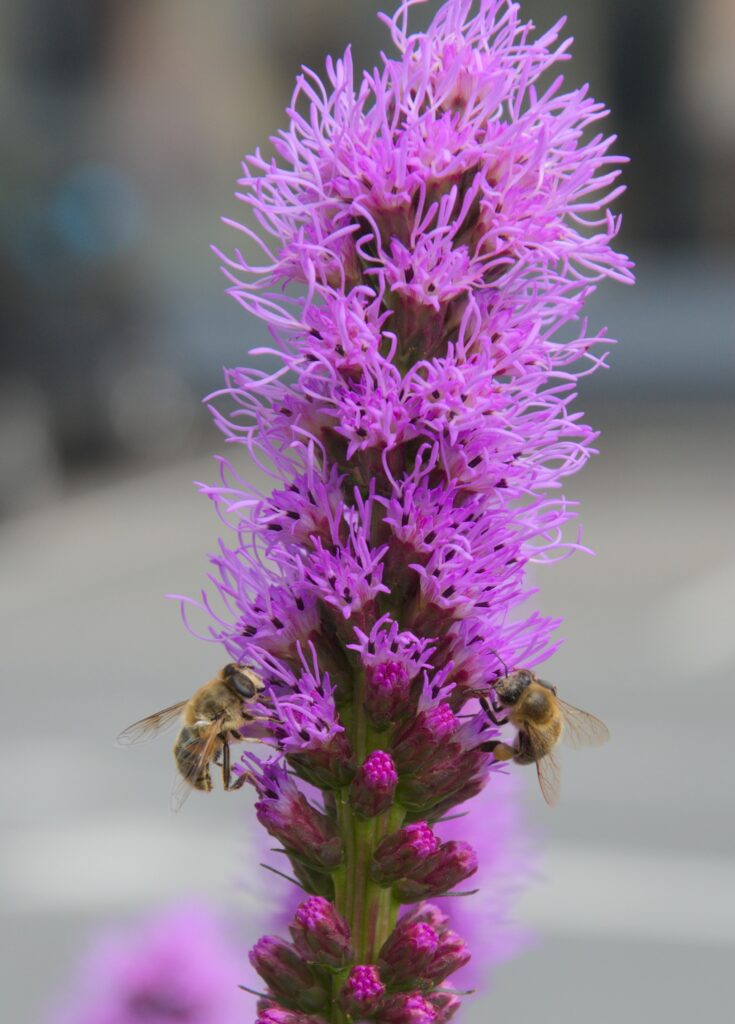
Transplanting Blazing Star (Liatris spicata) starters into your garden requires careful attention to detail to ensure successful establishment. Here’s a step-by-step guide on how to do it:
Depth
Dig holes in your garden bed that are just deep enough to accommodate the root ball of each starter plant. The goal is to plant them at the same depth they were growing in their starter containers. This helps prevent the stem from being buried too deep, which can lead to rot.
Spacing
Space the plants about 12 to 15 inches apart. Proper spacing is important as it allows each plant enough room to grow and develop without overcrowding, ensuring adequate air circulation and reducing the risk of disease.
Mulching
After planting, apply a layer of organic mulch around the plants. Mulch helps retain soil moisture, regulate soil temperature, and suppress weed growth. Suitable mulching materials include straw, shredded bark, or leaf mold.
Watering In After Planting
Water the transplanted starters thoroughly immediately after planting. This initial watering helps settle the soil around the roots and eliminates air pockets, which can hinder root growth. Continue to provide consistent moisture, especially during the first few weeks as the plants establish themselves.
Caring for Blazing Star Plants
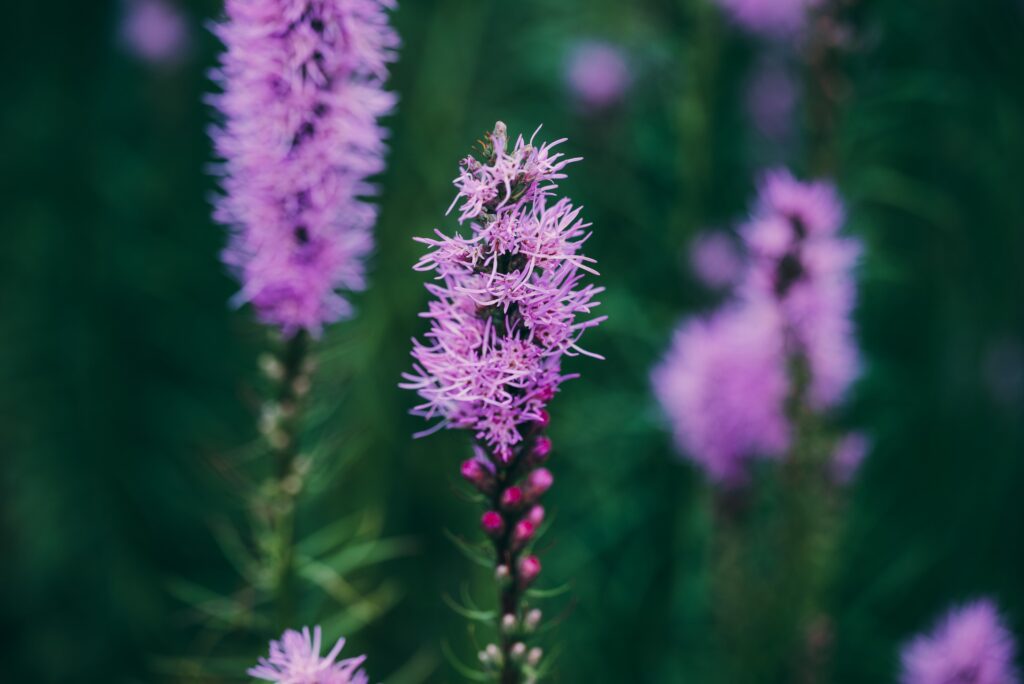
Caring for Blazing Star involves a balance of adequate watering, timely feeding, and regular weeding. These plants are relatively low-maintenance, but attentive care, especially in the first year of growth, ensures vigorous plants and beautiful blooms.
Watering
Liatris spicata is somewhat drought-tolerant, but regular watering is important, especially during dry spells and in the first growing season after planting. Water deeply once a week, allowing the soil to dry out slightly between waterings. Avoid overwatering, as Liatris does not like soggy soil.
Feeding
Feed Blazing Star plants with a balanced, all-purpose fertilizer in the early spring as new growth appears. If your soil is particularly poor, a second feeding in the early summer can be beneficial. Avoid high-nitrogen fertilizers, as they can encourage foliage growth at the expense of flowers.
Weeding
Keep the area around your Blazing Star plants free of weeds. Weeds compete for nutrients and moisture, which can hinder the growth of your Liatris. Mulching can help suppress weed growth and maintain soil moisture.
Tips and Tricks for Growing Blazing Star
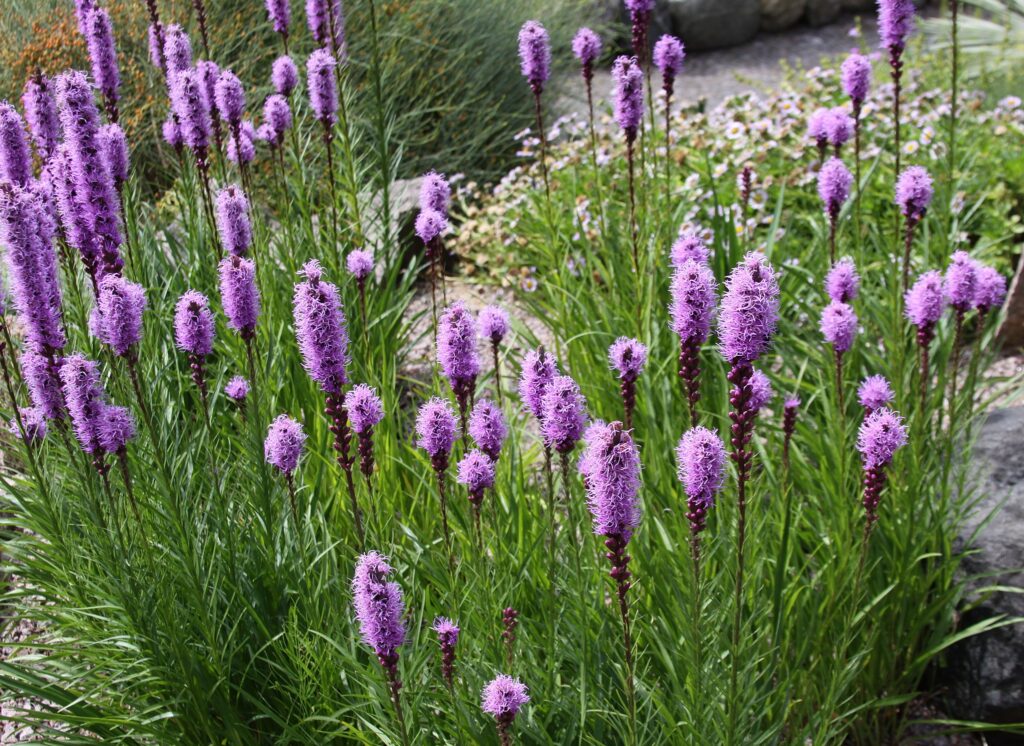
Successfully growing Blazing Star (Liatris spicata) involves some useful gardening practices and organic solutions for common issues. Here are some tips and tricks:
Supports
Liatris spicata typically grows upright and does not usually require support. However, in very windy areas or if the soil is loose, providing support with stakes can help maintain their upright posture.
Addressing Pests
Blazing Star is relatively pest-resistant, but you may occasionally encounter aphids or thrips. You can address these pests organically with insecticidal soap or by encouraging beneficial insects like ladybugs in your garden, which feed on aphids.
Avoiding and Treating Disease
This plant is also quite disease-resistant. However, proper spacing and site selection that provides full sun and well-drained soil will minimize most potential problems.
If fungal diseases like powdery mildew do occur, treat them with an organic fungicide or a homemade solution of baking soda and water. Ensure good air circulation around the plants and avoid overhead watering to prevent fungal diseases.
How to Harvest Blazing Star for Cut Flowers
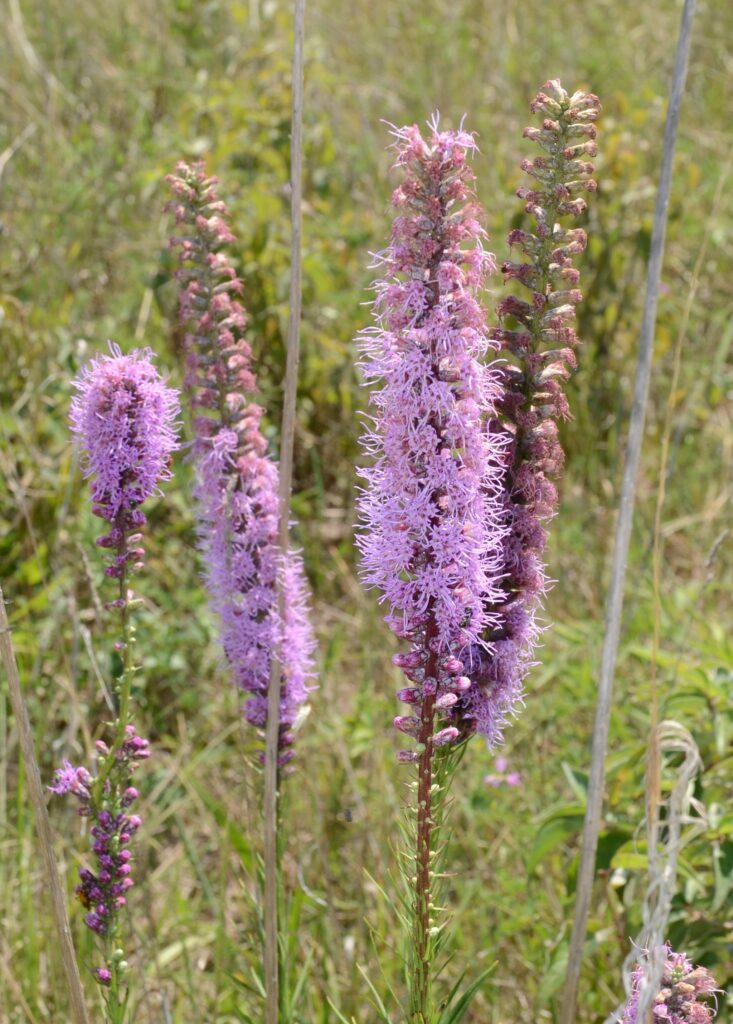
Harvesting Blazing Star (Liatris spicata) for cut flowers can add a striking element to floral arrangements. Here’s how to do it:
- Choose the Right Time: The best time to cut Blazing Star flowers is in the early morning when the blooms are just starting to open. Look for spikes where at least the bottom half of the flowers have opened.
- Cut the Stems: Use sharp, clean shears to cut the stems at the desired length. Cut at an angle to increase the surface area for water uptake.
- Place in Water Immediately: After cutting, place the stems immediately into a bucket of clean water to prevent wilting.
- Condition the Stems: Before arranging them, condition the stems by removing any leaves that would be below the water line to prevent rotting.
- Change Water Regularly: In the vase, change the water every couple of days to keep the flowers fresh.
How to Collect Blazing Star Seeds
Collecting seeds from your plants allows you to keep growing blazing stars from seed in additional areas of your garden for free.
After the flowers have faded, wait for the seed heads to dry and turn brown. This usually happens in late summer or early fall.
Gently cut the seed heads from the plant and place them in a paper bag. This will catch any seeds that fall as they continue to dry.
Allow the seed heads to dry in a warm, dry place for a few days. Shake the bag or break apart the seed heads to release the seeds.
Once dry, store the seeds in a cool, dry place until you’re ready to plant them. A paper envelope in a jar or airtight container works well.
What to Expect from Blazing Stars Over Winter
Liatris spicata is a hardy perennial that can withstand winter conditions in many climates:
In Zones 3-8, Blazing Star will die back to the ground in winter. The roots will remain dormant underground and regrow in the spring.
Apply a layer of mulch to protect the roots, especially in colder zones.
Leave the dried seedheads in place over winter to provide food for finches and other small birds.
As the weather warms in spring, watch for new shoots to emerge from the ground, signaling the start of a new growth cycle.
Start Growing Blazing Stars From Seed
This striking perennial brings vibrant beauty to your garden. From its tall, elegant purple spikes that attract a myriad of pollinators to its resilience across various climates, Blazing Star stands as a testament to the wonders of nature’s design.
Growing Blazing Stars from seed may seem more challenging than growing annuals. But remember that gardening is not just about the final outcome but also about the growth and learning that happens along the way.
